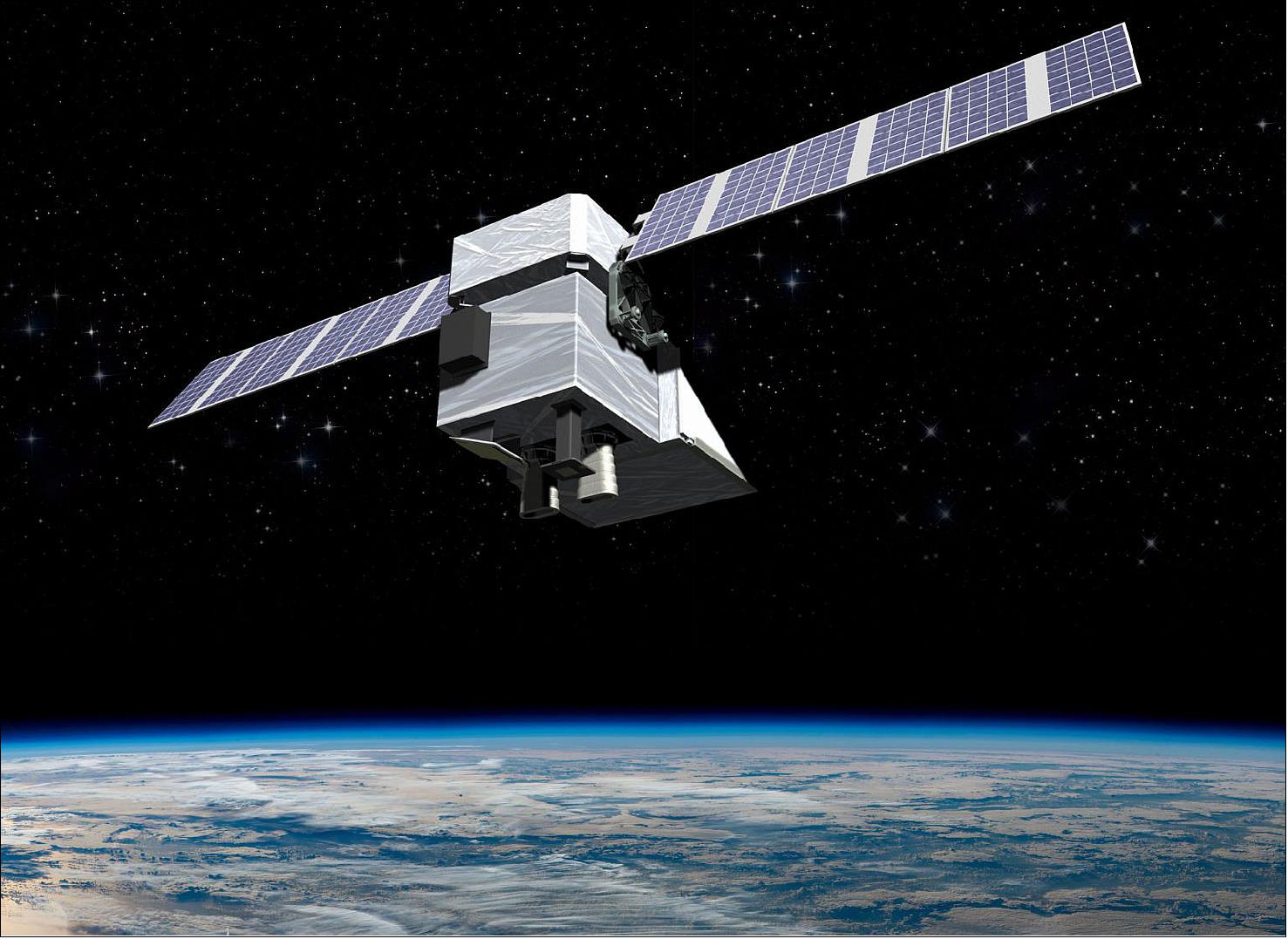Billions wasted on shame satellite instead of effective tech
This week, the new MethaneSAT took off on a SpaceX rocket in California, leaving environmentalists exuberated. Why? Because the satellite is intended to be a watchdog, monitoring and tracking methane emissions from the oil and gas industry.
Designed by scientists from the Environmental Defense Fund and Harvard, and privately funded by the New Zealand government and the Bezos Earth Fund, the satellite will monitor methane emissions throughout areas that supply 80 percent of the world’s natural gas. However, experts are now questioning if the $88 million in funding for the satellite could be used for actionable solutions to reduce emissions rather than a tactic to shame the energy industry. Instead of sitting on the sidelines, surveying and waiting for data from a satellite, this large capital investment could be invested in developing innovative technologies that fold into an all-of-the-above approach to meeting energy demand.
What’s more, targeting methane may be a misguided approach to addressing long term climate change. While methane is a pollutant, it has an extremely short lifespan of seven to 12 years compared to carbon dioxide, which can live in the atmosphere for hundreds of years, driving up emissions for the long run.
Additionally, the entire project is funded privately, stirring concerns that the government may take regulatory action dependent on the usage of the collected information without further verification. It’s imperative that the government does not take action based on the data retrieved from the MethaneSAT since the data may be swayed by internal stakeholders.
Given questions surround the necessity of the satellite, the $88 million invested in its creation could have contributed to impactful and meaningful change rather than simply fueling environmentalists’ accusations against the energy industry. For example, carbon, capture and sequestration (CCS) has drawn bipartisan support as a means to decarbonize the industry without hindering production. Our nation has the capacity to deploy technologies that would address emissions now, however, these projects are stuck for years in our rigorous permitting process that often lasts an average of three to six years. MethaneSAT continues the trend of sticking CCS on the back burner, in favor of less practical but more popular technology investments.
Addressing emissions while bolstering energy production through an all-of-the-above approach is the way forward to secure our nation’s energy future. Wasting money on technology to shame energy producers won’t get us there any faster.

